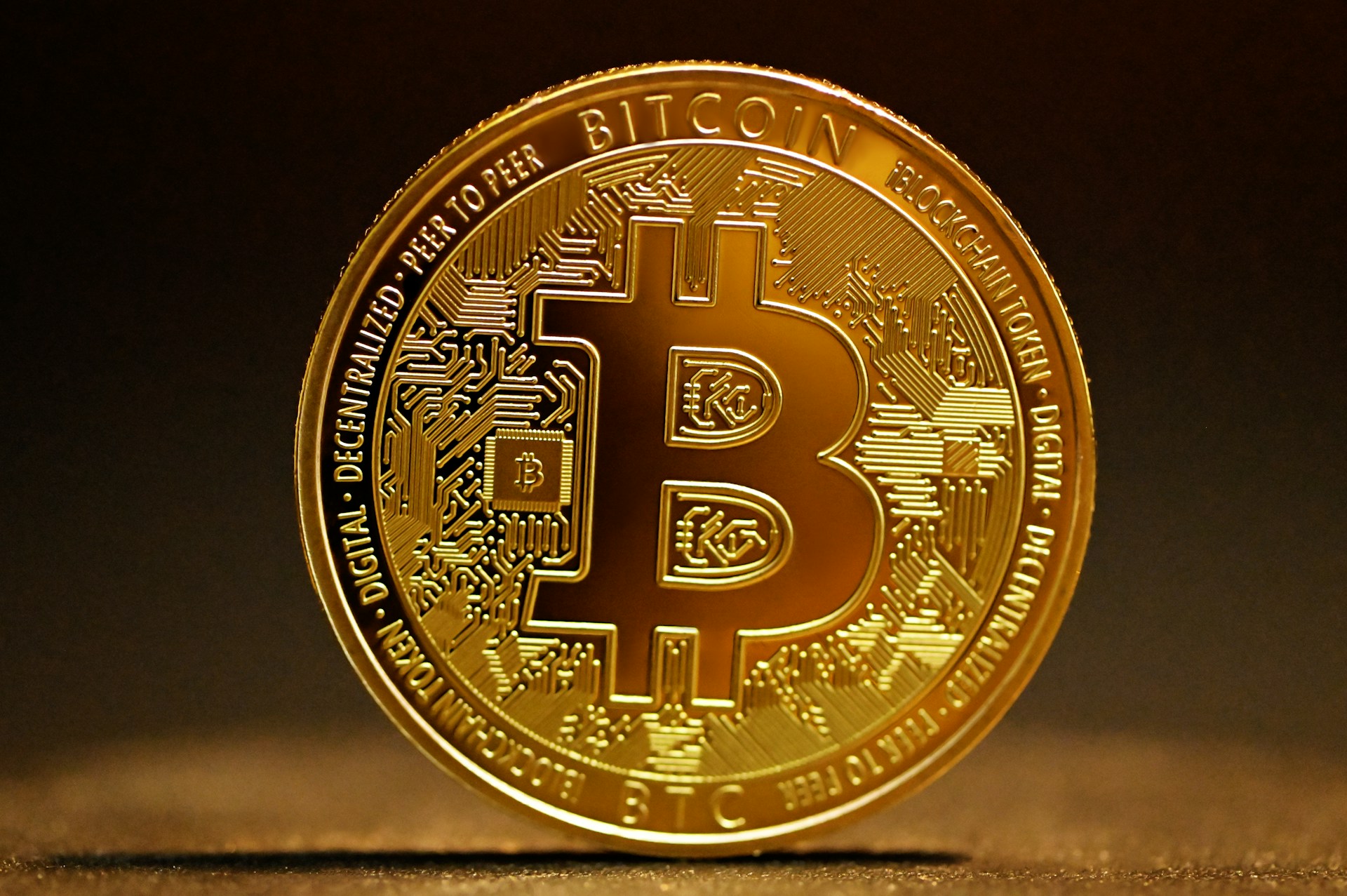Inside Nielsen’s pricey hold on TV networks and how they’re fighting back
Nielsen’s pricing and contract terms have made the U.S. the most expensive TV measurement market in the world.

The public debate about U.S. TV measurement has been about quality and accuracy, which has become increasingly more complicated in a fragmented market.
But behind the scenes, much of the discussion around measurement is centered on cost, as well as cumbersome long-term contracts with Nielsen, which has operated as a near monopoly for decades. Despite inroads by competitors like Comscore, VideoAmp and iSpot.tv, particularly in the past year, TV networks are still working under long-term contracts developed when Nielsen had the power to largely dictate terms.
Nielsen’s slip-ups in TV measurement during the pandemic—which led to undercounting audiences in and out of homes—led to the suspension of its Media Rating Council accreditation last year. That provided a new opening for TV networks, which pay the vast majority of the bills in the industry, to work with competitors in an attempt to improve measurement.
But behind the scenes, TV networks and their industry trade group the Video Advertising Bureau also are motivated by getting out from under a huge cost burden, which costs the industry well over $1 billion annually.
Nielsen’s pricing and contract terms have made the U.S. the most expensive TV measurement market in the world, and a lucrative prize for the company’s new private-equity owners— assuming they can hold onto the monopoly. In an effort to help establish measurement alternatives in the marketplace, network groups such as NBCUniversal and Paramount offered advertisers financial incentives to write deals on non-Nielsen currencies during this year’s upfront ad haggle, according to people familiar with the matter. Network representatives declined to comment on upfront negotiations.
Earlier this year, the VAB issued a request for proposals and is in talks with the Association of National Advertisers to form a duplicate household panel the size of Nielsen’s (or possibly bigger) that competitors could use. Ultimately, networks could end up footing all or most of a bill that could total $60 million or much more annually, according to estimates by measurement industry executives.
Building a whole panel with 40,000 or more households just to break Nielsen’s hold on the market might seem like a lot of trouble to go through, until you consider just how much Nielsen TV measurement costs, and the restrictive terms of contracts it’s been able to get media companies to accept for years.
Below is a breakdown of how much Nielsen measurement costs the industry. A Nielsen spokesperson declined to comment for this story.
What Nielsen costs
Nielsen’s pricing and contracts remain largely shrouded in secrecy. While network contracts with Nielsen are subject to non-disclosure agreements, leading media executives to decline to provide details or documentation, Ad Age has pieced together estimates based on background information provided by industry executives, financial disclosures and public statements by Nielsen executives from before the company went private this month, along with one publicly available contract with Byron Allen’s CF Entertainment and Entertainment Studios Networks filed as part of two lawsuits against Nielsen.
According to industry executives and others familiar with the industry, Nielsen measurement costs each of the five biggest TV network holding companies as much as $200 million annually.
Nielsen gets more than 10 times the revenue from the U.S. TV market than it earns from measuring digital media, which has three times the ad revenue.
On a small scale, this can be seen in Nielsen’s 2017 amended agreement with Allen Media Group, which called for its seven small cable networks to pay $1 million in 2017, increasing to $5.8 million the next year, under a five-year contract with two option years. When Allen acquired The Weather Channel in 2018, Nielsen insisted on $5.7 million annually just to measure that network, according to court documents, saying that was still less than the prior ownership group headed by NBCU was paying. But by contrast, Allen’s TheGrio streaming network paid a relatively small $10,417 in 2017, rising to $167,512 the next year, for Nielsen digital measurement.
The divide is largely due to competition, which exists in TV measurement outside the U.S. and in U.S. digital measurement markets, but far less so in U.S. TV measurement.
Nielsen insists on long-term contracts with U.S. TV networks, which on average run about four years, but have option clauses that can extend them to seven.
The contracts of each of the TV network groups are staggered, so they don’t expire at once, making it harder for any one network to ever break ranks, and impossible for the industry to negotiate collectively.
The contracts have annual price hikes built in, ones that, up until the past two years, were ahead of inflation, and certainly ahead of total spending on U.S. TV advertising, which has been essentially flat since 2017, according to Zenith Media estimates.
Nielsen executives publicly have cited an average of 4% annual hikes in contracted payments, though the deal with Allen Media Group stipulates 5% annually. That contract was set most recently in 2017, when the Producer Price Index increased only 3%.
If a network were to end its relationship with Nielsen, the company stops providing any data to the market about its shows, even for planning purposes, said industry executives. Rivals such as Comscore measure networks and provide data for planning and comparison purposes, even if they’re not under contract, executives said. A Comscore spokesperson declined to comment.
Bigger than the ‘rule of thumb’
There’s an industry rule of thumb that’s been cited by Nielsen CEO David Kenny, that measurement averages 2% of total ad revenue, at least for traditional offline media. But comparing Nielsen financial data to Zenith TV spending data suggests Nielsen costs for TV networks exceed that level in the U.S.
Basic Nielsen measurement is priced at a fixed annual cost, which can go up depending on how many reports are generated or what ancillary services are used. But the basic cost doesn’t go down, industry executives said, even if a network writes fewer of its deals using Nielsen and more using rival currencies.
That may not have been much of an issue when Nielsen was essentially the only game in town, but it’s more so now that networks are striking more deals using alternative currencies.
Aside from using alternative measurement providers, some cable networks do a substantial amount of their deals with direct-response advertisers that don’t involve Nielsen ratings at all. Yet they still pay the same amount regardless of how much direct-response business they do without using Nielsen, said people familiar with Nielsen’s contracts.
It adds up to a very lucrative business for Nielsen. According to one measurement industry executive, the U.S. accounts for about two-thirds of global spending on TV measurement, with the vast majority going to Nielsen. Yet the U.S. only amounts to a little over a quarter of global TV ad revenue, according to PwC.
The global profit imbalance in TV measurement is huge. Last year, Nielsen made 96% of its operating profits from the U.S., though only 82% of its business was from the U.S. Throughout Europe and the Middle East—where TV measurement is structured more competitively—Nielsen lost money. But it made a healthy 29% operating margin in the U.S. thanks to TV measurement.
Nielsen financial statements, and executive comments in presentations from the past two years, suggest 2021 revenue from the U.S. media measurement business hit $2.1 billion, with close to $1.5 billion from TV, around $125 million from digital audience measurement and the rest from radio. Nielsen made about $450 million from local TV measurement and $1 billion from national broadcast and cable.
Per Zenith estimates, U.S. TV ad revenue totaled $62.4 billion in 2021. And it appears Nielsen costs amounted to around 2% of local and 3% of national ad revenues. Local TV spending is a smaller percentage of Nielsen due to Nielsen having stronger competition from Comscore in this area.
Nielsen’s business with Allen Media Group is another indicator that national TV networks pay around 3% of ad revenue for its measurement. The $5.7 million that Nielsen ultimately got Allen to pay annually for The Weather Channel measurement amounts to around 3% of the $195 million in ad revenue Kantar estimates the network had in 2021.
‘TV dollars and digital dimes’
By contrast, digital media companies paid under 0.1% for Nielsen audience measurement out of the $188 billion in 2021 ad revenue estimated by Zenith.
That imbalance with TV owes to a few factors, according to industry executives. One is that most of the U.S. digital market revenue is controlled by Google and Meta, which pay little or nothing for third-party measurement, said one measurement industry executive. But even the other third of the U.S. digital market that does pay for audience measurement pays only around 0.2% of revenue for Nielsen audience measurement.
“TV dollars and digital dimes,” is how one network executive describes the different treatment of TV and digital by Nielsen, citing an industry catchphrase, and chalking it up to greater competition for digital measurement vs. the historical monopoly Nielsen enjoys in TV ratings. While TV measurement is syndicated, the executive said, digital audience measurement is done on a campaign basis, so Nielsen gets paid only when it’s used, unlike with TV deals.
In fairness, digital publishers have different burdens to bear with a host of often murky ad tech costs that industry studies have shown result in only around half of media dollars finding their way into publisher pockets.
But the stark imbalance between TV and digital audience measurement costs does raise a couple of key questions. One is whether it’s fair for the faster-growing digital media segment to pay far less for audience measurement than the flat TV market. The other is, given Nielsen’s plan to have one product that eventually is expected to measure video audiences everywhere, whether the company can get digital media players to pay the same rates as TV networks, or TV networks will end up paying less. A Nielsen spokesman declined to answer either question.
Read more: Nielsen's new measurement solution takes shape
Why measurement is cheaper outside the U.S.
U.S. TV measurement is also very expensive compared to other markets globally. In India, for example, broadcasters recently set a contract capping costs of TV measurement at 0.8% of ad revenues—less than half what U.S. networks pay.
Last year, Kantar beat out Nielsen for the U.K. TV measurement contract in a bidding run by the nation’s media companies. And by a quick back-of-the-envelope calculation, Jon Watts, managing director of the Coalition for Innovative Media Measurement, calculated that the U.K. pays about a quarter of what the U.S. does for TV measurement on a per capita basis.
The difference owes to competition. While TV measurement outside the U.S. often operates as a monopoly, it’s controlled by broadcaster organizations or governments that bid out the business.
The best look at how much more lucrative the U.S. market is than global ones, comes from comparing Nielsen to Kantar, Nielsen’s primary competitor in TV measurement outside the U.S. Kantar reports financial results despite its majority private-equity ownership.
Kantar’s media measurement business of $640 million last year—the vast majority from TV and outside the U.S.—was similar in size to Nielsen’s $636 million business outside the U.S. Both operate in around 60 countries.
Outside the U.S., where Nielsen competes mainly with Kantar on bids for TV measurement, its operating margin was under 6% last year, compared to 29% in the U.S. where it long has operated as the predominant currency and negotiates separately with networks. Kantar, similar in overall global revenue to Nielsen ($3.7 billion vs. $3.5 billion), but with a much smaller component of its business in TV measurement and almost none of that in the U.S., had an operating margin of only 3%.
What a difference competition makes.
Penalties for networks, but not Nielsen
While payments under Nielsen’s U.S. TV contracts certainly are favorable, so are other terms.
Nielsen contracts have penalties for networks that stray from rules, according to people familiar with the matter. But they appear to have no stipulated penalties for Nielsen should its measurements prove inaccurate and cost media companies money. Nielsen is also not penalized for losing accreditation by the industry’s Media Rating Council, which helps police accuracy, according to Nielsen’s Kenny, who has said as much in remarks to financial analysts.
Allen’s lawsuit seeks damages based on Nielsen measurement errors and what the company said is implication in Illinois contract law that Nielsen was required to retain MRC accreditation. But that case remains in limbo as the parties battle over whether it should be heard in state or federal court.
Networks, on the other hand, have requirements they can be penalized for beyond just not paying their bills. Non-disclosure agreements, which Nielsen has at times threatened to enforce through lawsuits according to one industry executive, can bar any customer from making public Nielsen ratings data alongside any alternative measurement.
“The threat of legal action and NDAs is a big part of [Nielsen’s] toolbox,” the executive said. “Getting out from under the universe-size boulders that these contracts represent on people’s balance sheets,” the executive said, is ultimately what will be required for networks to invest more in alternative measurement and innovation.
Interestingly, such an NDA on side-by-side comparisons doesn’t appear to be part of Nielsen’s new contract to measure audiences on Amazon Prime’s “Thursday Night Football.” Amazon, a big digital media player that negotiated a new contract at a time when Nielsen was facing growing competition, has been regularly citing its own audience measurement, supplemented with data from a separate unnamed third-party partner, alongside Nielsen numbers, in weekly reports. Amazon’s numbers have shown audiences 1.3 million to 1.8 million larger than Nielsen’s.
Read more: Nielsen and Amazon strike 'TNF' deal
While not citing any network executives specifically, Watts said in an interview earlier this year that grumblings about the toll the high cost of Nielsen measurement contracts takes on the rest of the research, analytics and innovation budgets, is common.
Nielsen typically represents 90% of a network’s measurement and innovation budget, said one industry executive, leaving little else for investment in alternatives or new approaches, such as basing deals on client business outcomes, attention or other factors.
Networks have historically agreed to such terms for one reason: They couldn’t ditch Nielsen contracts and still do business. CBS, though it threatened to drop Nielsen measurement in 2019, ultimately reached an agreement, given the marketplace largely insists on Nielsen as a currency. As one former network executive summed it up: “It’s a brutal negotiation.”
Why a new panel could change things
A competitive panel ultimately could be what it takes for U.S. TV networks’ efforts to level the playing field with Nielsen in bargaining—and could pay off for them despite the cost.
There’s plenty of debate among measurement and network executives about whether another panel of 40,000 households is really needed. After all, there are plenty of big device data sets capturing viewing information from tens of millions of households.
But Nielsen executives, even as they build their own big-data Nielsen One offering, have regularly pointed out the shortcomings of device data, including their own, which they say only can be overcome with help of its panel.
Nielsen’s Chief Data and Research Officer Mainak Mazumdar made perhaps the most detailed case yet at last month’s ANA Measurement and Accountability Conference for why no set of tens of millions of set-top-boxes or automated content recognition (ACR) system using smart TVs could ever accurately measure U.S. audiences without calibration by Nielsen’s panel. Among other things, Mazumdar said big device data sets don’t capture multicultural and lower-income households fully, don’t capture over-the-air viewing, may count viewing when people leave their set-top boxes running but turn off the TV, and may fail to pick up many of the ads that run.
While many networks and rival measurement executives dispute that—and Video Advertising Bureau CEO Sean Cunningham has said Nielsen’s own panel data still doesn’t reconcile with its own big data streams—networks are making plans to deal with the possibility that the market will ultimately believe Nielsen’s arguments.
Those plans could involve enlisting Nielsen’s primary global TV measurement rival Kantar or another player to create a panel rivals can use—one bigger than the 5,000 household TVision panel some already do. Kantar declined to comment on any plans to build a panel-based measurement product.
How much the ANA or agencies might chip in on a panel remains to be seen. The VAB and ANA remain in talks, according to their executives.
But the ANA’s vision is for a smaller calibration panel to estimate person-level data and ensure fully representative measurement for its own cross-media measurement pilot projects. Since advertisers and agencies pay relatively little in Nielsen measurement directly today (most of the cost burden is felt by TV networks), their motivation to pony up for a bigger panel to help break Nielsen’s effective monopoly is far lower.
So networks may yet end up going at it largely alone, at least initially. What started late last year as an effort by a “media owners consortium,” according to people familiar with the matter, is now overseen by the VAB. And it looks a lot like the systems TV industries of other countries have set up, making their measurement far less expensive.
Even if setting up such a panel costs the U.S. TV industry 1% of its ad revenues annually—a very real possibility—it could still take a big bite out of the overall 2% to 4% of ad revenues the industry pays Nielsen now, according to executives familiar with the matter. It could guarantee competition that would eliminate the need in the years ahead for TV networks to renew long-term individual Nielsen contracts on terms they’ve long seen as onerous.

 UsenB
UsenB 
































.jpeg?trim=0,89,0,88&width=1200&height=800&crop=1200:800)